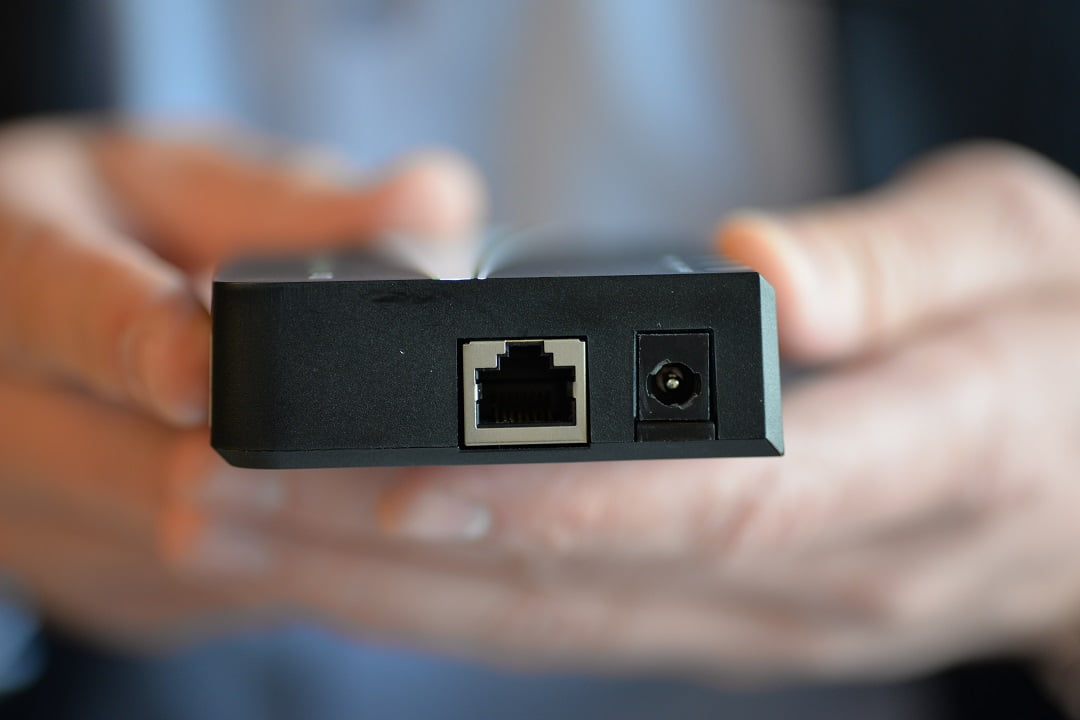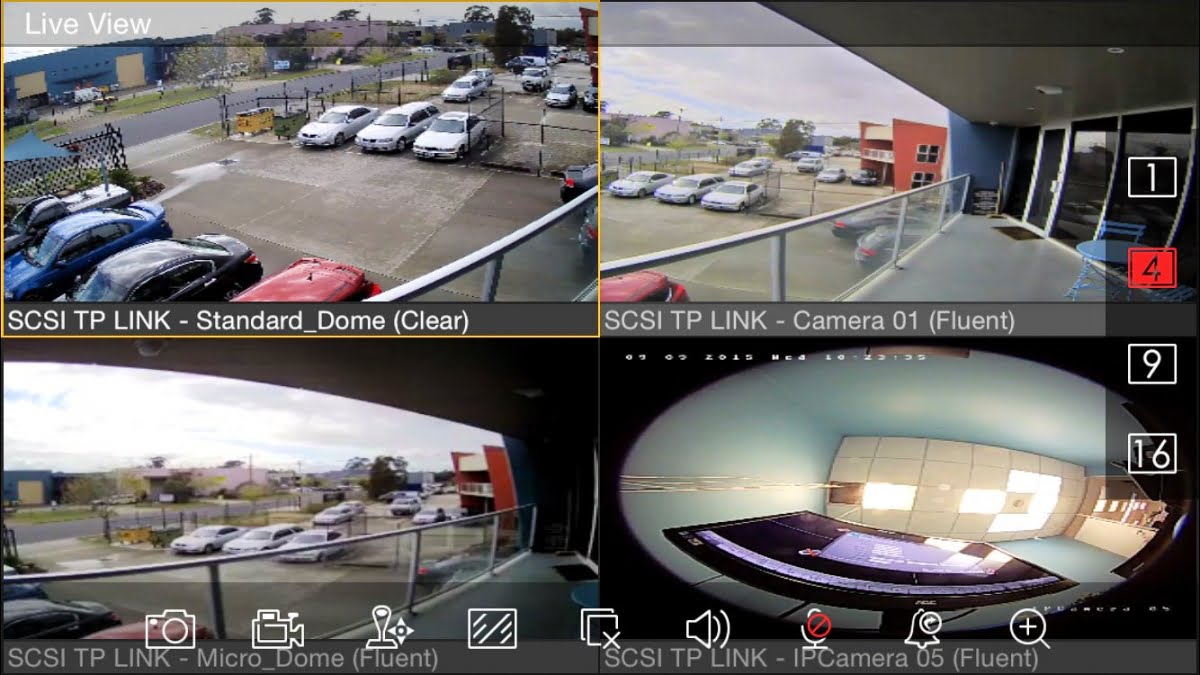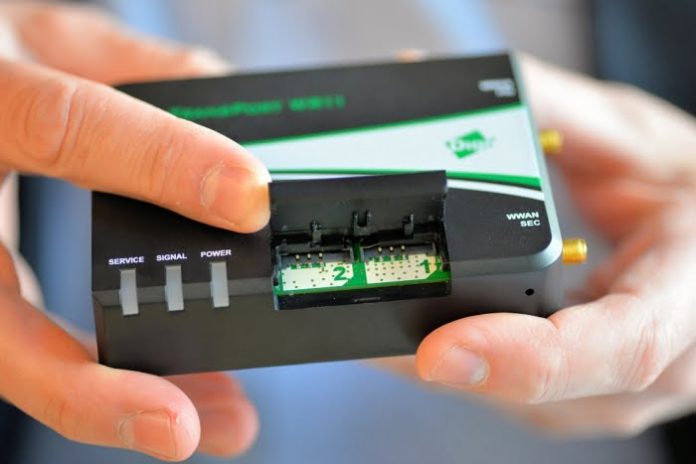NEW from SCSI is DirectConnect, a fixed-IP 4G service that links field devices in remote locations; including CCTV, access control or any IP device; via SCSI’s private and secure network using a standard 4G router and SIM.
SCSI DirectConnect is a secure and reliable 4G Fixed-IP service that connects CCTV, access control, BMS, medical alert, in fact any IP device, via SCSI’s VPN. According to SCSI’s Ian Farrell, DirectConnect is deployed through a standard 4G router that connects to SCSI’s private and secure network from any location with 4G wireless coverage. Because DirectConnect is a communications device that facilitates connection with existing hardware, the best way to understand it is as part of an application.

“Imagine if onsite you have a camera, connected to an NVR, connected to a switch and through DirectConnect, users can connect to their sites via the web, or Android or iOS devices,” explains Farrell. “You don’t even need a switch – instead you have our 4G module with a SIM card in it connected directly to the NVR or camera. Bandwidth is between 30-70Mbps download and around 15Mb upload depending on where you are in relation to the tower, which is exceptionally fast.
“DirectConnect is not for live streaming but for motion detection or to allow remote viewing when required. What you’d do it set the system up to send an alert on motion and then access video remotely to check the event. Real time video could be stored on an individual mobile camera or on a local NVR.

Ian Farrell, SCSI
According to Farrell, one of the strengths of DirectConnect is that the 4G router has a fixed IP address at all times, removing the inconvenience of having to visit a site to reconfigure hardware should the network allocate another IP address to the device as is typically the case.
“And something else that’s great about DirectConnect is that it allows central monitoring stations to easily connect to remote CCTV equipment to carry out video verification on alarms as well as offering virtual guard tours to increase revenue, reducing false callout fees and improving customer service.”
In terms of hardware, the DirectConnect SIM card sits in a 4G router. This could be a low-cost 4G router or something more professional like the Netcom NTC140, which features dual 4G antennas for improved cellular performance, a pair of Gigabit Ethernet ports, a USB port and a MicroSD slot for local storage if required.
“We’ve found the Netcom NTC140 to offer a great signal and excellent flexibility – it’s brilliant,” says Farrell. “The router connects directly to the NVR or individual camera, with traffic routing to the nearest tower and then into SCSI’s virtual private network. This VPN is connected to our servers hosted in our own network.
“The router also connects to the world wide web so a client can log on with an Android phone or an iPhone – you can logon via a management software, say Hikvision or Avigilon, and video will be streamed from the remote location directly to your GUI. Alternatively, you can log onto DirectConnect.SCSI.com.au and then log onto the web portal of the NVR via the IP address of the router.”
Farrell says that from the client’s perspective, the process of setting up DirectConnect involves running Open VPN and getting certificates from SCSI that give access to its VPN from the web. Once a user is connected, they can view image streams on mobile devices, or pull the feeds into their control room and view them on their video wall alongside other cameras.

“As DirectConnect is an easy deployable solution that only requires a 4G router, it often means IT Departments don’t need to be involved,” Farrell says. “Whether you are looking to remotely monitor a building site with no infrastructure, have a location that doesn’t allow video or security data over their networks, or, require a low cost remotely managed network solution, then DirectConnect is your solution.
“For instance, it allows end users like councils to link to remote sites to check on NVRS or DVRs without leaving their desks, saving time and greenhouse emissions, which add up when there are multiple remote sites with remote recorders. Council can see if there’s issue with a camera remotely and get a tech onto the site.

“And installers and monitoring stations can now deploy video verification to a range of different sites using a simple communication technology that offers superior performance to many ADSL2+ links. It’s simple, it’s quick and it’s easy. You plug the DirectConnect router into your NVR and off you go,” Farrell says.
“With video verification you physically take an output as an input in the NVR and when the panel sends an alarm signal to the control room, it can also send an output to the NVR, which communicates via 4G to the control room so there’s associated video pre and post-alarm.”

According to Farrell, DirectConnect is a response to installers and integrators struggling to connect devices and systems in remote locations in a reliable and high quality way.
“These are applications where they can’t do point-to-point, they can’t do Wi-Fi,” he says. “Direct connect is for people on building sites and in remote locations who have no infrastructure apart from power and mobile coverage. It might be a location where the IT department doesn’t want anything added to their network. Whatever it is and wherever it is, DirectConnect makes it available via a high performance secure link.” ♦
By John Adams










